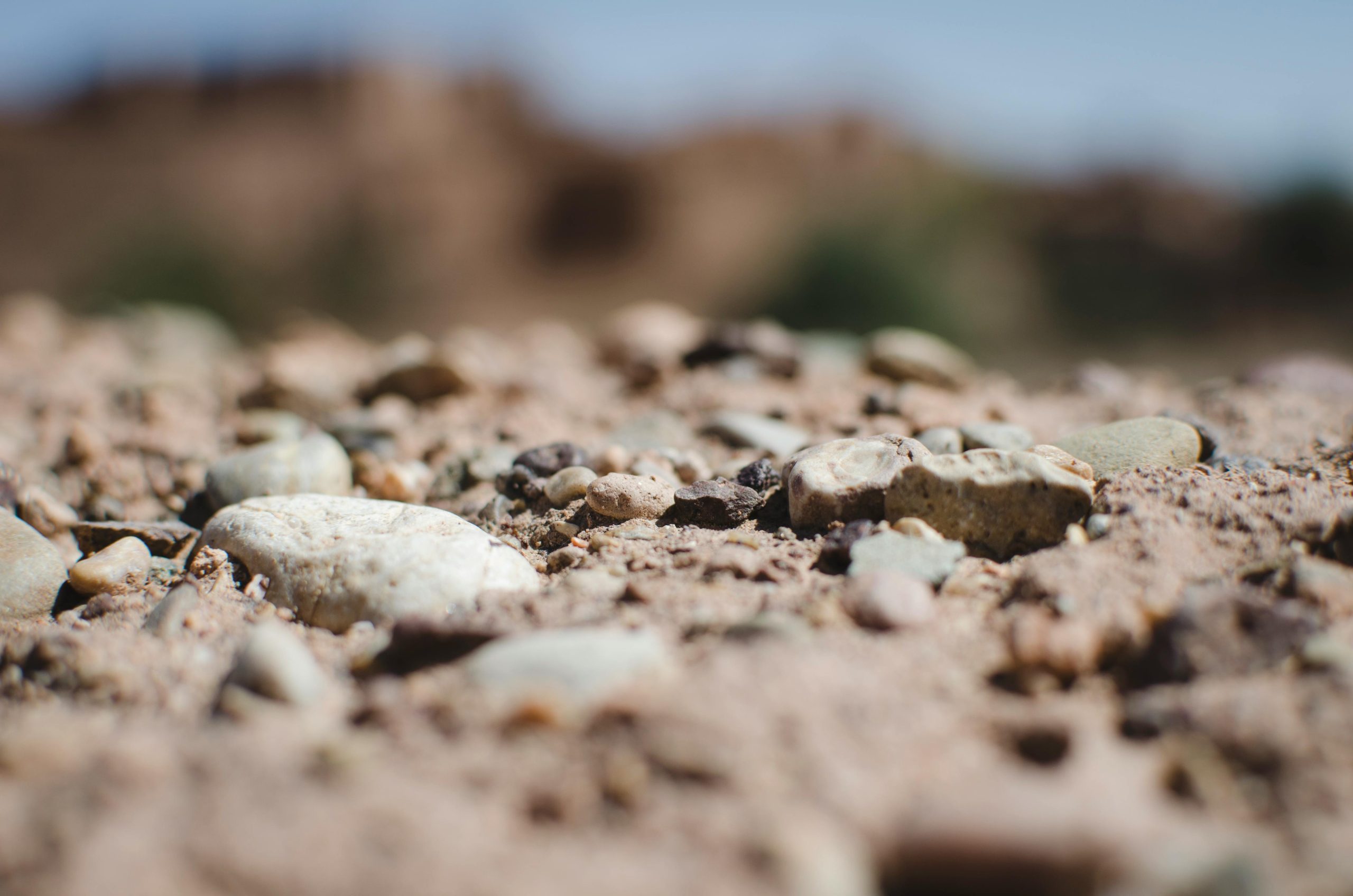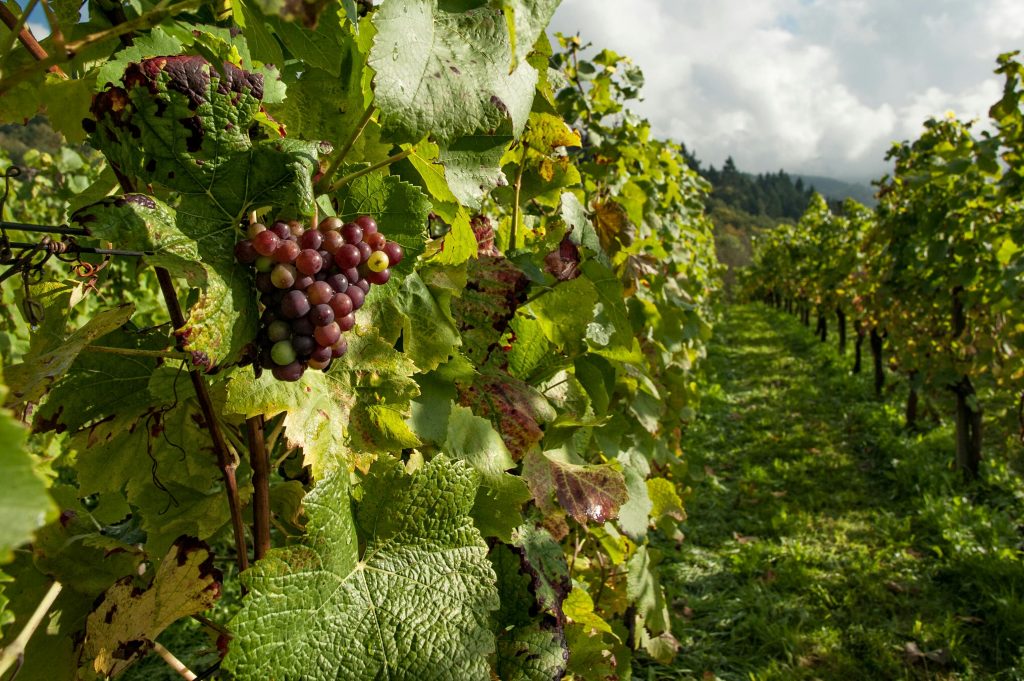
When you think of a vineyard, your mind probably goes straight to sprawling grapevines, vibrant leaves, and juicy clusters of grapes. But there’s a secret powerhouse beneath those vines, quietly doing all the heavy lifting: the soil. Without healthy soil, your dream vineyard could remain just that—a dream. Whether you’re a superstar gardner or just a beginner looking to turn your backyard into a little vineyard, understanding soil is where the journey begins.
Why Soil Matters: The Foundation of a Vineyard
Soil is more than just dirt underfoot. It’s the lifeblood of your vineyard, providing vines with essential nutrients, water, and support. The characteristics of your soil—its texture, structure, and mineral composition—determine how well your grapes grow and, ultimately, the quality of your wine.
Good soil is like a gourmet buffet for your grapevines. It supplies nitrogen, phosphorus, potassium, and trace minerals, fueling their growth and health. But soil isn’t just about nutrients. It also affects how water drains through your vineyard, which is crucial for preventing diseases like root rot.

Even the soil’s temperature and color can influence how quickly your vines develop. Darker soils, for example, retain more heat, which can accelerate grape ripening. This is why grape varieties are often paired with specific types of soil to bring out their best flavors.
Types of Soil and Their Impact on Grapes
Understanding soil types is like learning the personalities of your vines’ best friends. Each type has unique traits that can enhance—or hinder—your vineyard’s success.
- Loam
This is the gold standard for vineyard soil. It’s a balanced mix of sand, silt, and clay, offering excellent drainage while retaining enough moisture. Loam is nutrient-rich and easy to work with, making it perfect for most grape varieties. - Sandy Soil
Known for its fast drainage, sandy soil warms up quickly in spring, giving vines a head start. However, it doesn’t retain nutrients well, so regular fertilization might be needed. Grapes grown here often produce wines with bright, crisp acidity. - Clay Soil
Heavy and nutrient-dense, clay retains water, which can be both a blessing and a curse. It’s ideal for vineyards in dry climates but can cause drainage issues in wetter areas. Wines from clay soil tend to be full-bodied and robust. - Silt Soil
Fine and smooth, silt retains moisture and nutrients better than sandy soil but can compact easily, suffocating roots. Proper aeration and organic matter can make it a strong contender for your vineyard. - Gravel and Rock
Don’t underestimate rocky soils! Gravel allows excellent drainage and forces vines to dig deep for nutrients, creating concentrated flavors in the grapes. Some of the world’s best wines come from rocky terroirs.
Testing Your Soil: The First Step to Success
Before planting your vines, you need to know what you’re working with. A soil test is the equivalent of a health checkup for your land. Here’s how you can do it:
- Collect Samples
Dig small samples from multiple spots across your plot. Go about 6–12 inches deep, where vine roots will grow. Mix these samples together for a comprehensive snapshot. - Send It to a Lab
Soil testing kits are available online, but for detailed results, consider sending your sample to a professional lab. They’ll provide a breakdown of pH, nutrients, and organic matter levels. - Interpret the Results
Look for a pH between 5.5 and 7, which is ideal for grapevines. Adjustments can be made with lime (to raise pH) or sulfur (to lower it).
Improving Soil Health: Tips for Thriving Vines
Soil health isn’t a one-and-done deal. It’s a dynamic relationship that requires ongoing care. Here are some practical ways to keep your vineyard soil in top shape:
- Add Organic Matter
Compost, aged manure, and cover crops enrich the soil, improving its structure and nutrient content. Organic matter also helps sandy soil retain water and loosens up clay soil for better drainage. - Aerate the Soil
Compact soil can choke vine roots. Use a garden fork or aerator to loosen the soil and encourage airflow. - Practice Crop Rotation
If you’re not exclusively growing grapes, rotating crops prevents nutrient depletion and reduces pests and diseases. - Mulching
A layer of mulch helps regulate soil temperature, retain moisture, and suppress weeds. It also slowly releases nutrients as it decomposes. - Monitor Drainage
Poor drainage is the enemy of healthy vines. If water pools after heavy rain, consider adding drainage tiles or amending the soil with sand or gravel. - Introduce Earthworms
These tiny workers aerate the soil and break down organic matter into plant-available nutrients. They’re a natural win for vineyard soil.

Biodiversity: The Hidden Ally in Soil Health
Biodiversity isn’t just for above-ground ecosystems. A healthy soil microbiome teeming with fungi, bacteria, and insects supports your vines in unseen ways. Mycorrhizal fungi, for instance, form symbiotic relationships with vine roots, enhancing nutrient uptake.
To boost biodiversity, avoid synthetic chemicals that harm soil life. Instead, opt for organic fertilizers and pest control methods. Cover crops like clover and vetch also attract beneficial organisms while protecting the soil from erosion.
Soil Maintenance Through the Seasons
Caring for soil is a year-round commitment. Here’s a seasonal breakdown:
- Spring: Test soil pH and nutrient levels. Add compost and prepare the ground for planting.
- Summer: Mulch to conserve water and monitor for pests. Avoid over-irrigation to prevent waterlogged roots.
- Fall: Plant cover crops to enrich the soil over winter and prevent erosion.
- Winter: Protect bare soil with mulch or organic matter. Plan amendments for spring based on lab results.
The Role of Soil in Wine Flavor
Ever heard the term terroir? It’s the magical interplay between soil, climate, and geography that gives wine its unique character. It impacts everything from the grape’s sugar levels to its acidity and tannin structure. Even subtle mineral notes in wine can be traced back to the terroir where the vines were grown.
Some legendary wines owe their fame to the terroir. The chalky soils of Champagne, the volcanic earth of Mount Etna, and the gravelly terroir of Bordeaux are prime examples. Your small vineyard might not make the next world-famous vintage, but understanding your soil can still elevate the flavor profile of your homemade wine.
Conclusion: Unearth Your Vineyard’s Potential
The secret life of soil isn’t so secret anymore. By understanding and nurturing your vineyard’s soil, you’re setting the stage for healthy vines and delicious grapes. Whether you’re testing your pH, adding compost, or marveling at the unseen life beneath your feet, every effort you put into your terroir will come back in the form of thriving vines and memorable wine.
So, let’s grab a shovel and get to know the secret hero of your vineyard. Your grapes—and your future wine glass—will thank you.